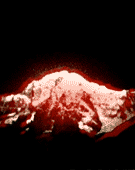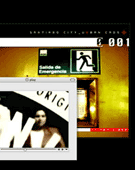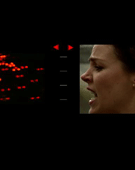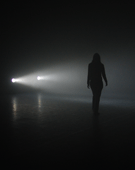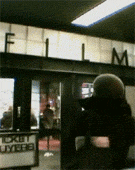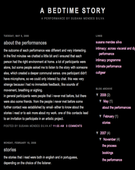Ascent to the Peak
When the author Klaus Mann came to Germany as an American GI in May 1945, to report for Stars and Stripes magazine on culture in old Europe, and particularly in Germany, one of the people he visited was the composer and conductor Richard Strauss, whom he had much admired in prewar days. He met Strauss in his villa in Garmisch, set before the breathtaking panorama of the Zugspitze mountain in the Bavarian Alps. Mann was to report on this encounter primarily in terms of Strauss’s collaboration with the Nazis. Just as when he visited his father’s villa in Munich, which he found destroyed and ransacked after a long search, this journey into the past turned out to be disappointing (see Rösch, Gertrud Maria: “I thought it wiser not to disclose my identity,” Thomas Mann Jahrbuch 14, 2001: 234-48).
Springer|Parker also look to the past. They came ...
Full Description
Ascent to the Peak
When the author Klaus Mann came to Germany as an American GI in May 1945, to report for Stars and Stripes magazine on culture in old Europe, and particularly in Germany, one of the people he visited was the composer and conductor Richard Strauss, whom he had much admired in prewar days. He met Strauss in his villa in Garmisch, set before the breathtaking panorama of the Zugspitze mountain in the Bavarian Alps. Mann was to report on this encounter primarily in terms of Strauss’s collaboration with the Nazis. Just as when he visited his father’s villa in Munich, which he found destroyed and ransacked after a long search, this journey into the past turned out to be disappointing (see Rösch, Gertrud Maria: “I thought it wiser not to disclose my identity,” Thomas Mann Jahrbuch 14, 2001: 234-48).
Springer|Parker also look to the past. They came across an old black and white film, and, as they began to explore it analytically, it sparked off their artistic mountain walk. The effect of their work is like going from one room to the next and plunging ever deeper and deeper into the material. Various superimposed levels become apparent, as if leafing through a book whose pages were eternally glued together but have miraculously opened up and now present hitherto unseen worlds of images—the secretive and gripping world of the Alps that draws people to their deaths, as it is portrayed in the images of the film. Richard Strauss also experienced the unique quality of the mountains and the danger they held in store, when, at the age of fourteen, he lost his way in the Alps and was forced to spend a night in the open. His enthusiasm for this landscape and also for the danger—which he must have experienced directly—were so striking that thirty years later he wrote a symphonic poem that was to turn his recollections into music.
Richard Strauss’s Alpine Symphony, first performed in 1915, is one of the great works of incidental music. Strauss is able to bring to life in music the stages of a mountain walk—the ascent, forests, a mountain stream and waterfall, meadows with flowers, and also the thicket and brushwood, right up to the threatening thunderstorm. He achieves this with overpowering effect. The composer Helmut Lachenmann described this musical poem as the “farewell ceremony for a worldview that had become empty and lifeless” (Richard Strauss: Alpensymphonie / Helmut Lachenmann: “Ausklang,” program for a concert at the Lucerne Festival, August 24, 2005, translated from German). But even if Strauss‘s Alpine Symphony is now seen as the final throes of a outdated and unitary worldview from the nineteenth century, it is still difficult to resist its overpowering fullness of sound and rich images.
In their Alpine Symphony Springer|Parker successfully revive the seemingly outdated idea of incidental artwork—now in the field of media art. Their interest in the technical potential of media art, which the two artists both impeccably master and innovatively explore, is not, as so often, an aim in itself. Rather it is used for a narration rich in images, based on the structure of the movements of Strauss’s symphony. A subtle analysis of the starting material, the old celluloid film of the Alps and original recordings of noises such as those made by water and ice, creates a labyrinth of references that come together in the individual movements of the video and sound composition, serving as illustrations for the titles of the movements. The technique of granular synthesis that is employed leads to an investigation of the microtonal structure of sounds.The translation of an experience of nature into an experience of art, which, as in Strauss, consists of a plethora of single images and inventions, draws the listeners and observers in, taking them on an adventurous mountain walk that is not physically dangerous, but nonetheless embodies all the fears and all the redemption that touch on fundamental human experience.
Dr. Holger Birkholz (Translated from German by Dr. Greg Bond)
Work metadata
- Year Created: 2005
- Submitted to ArtBase: Monday Dec 3rd, 2007
- Original Url: http://www.springerparker.com/works_alpine.html
- Permalink: http://www.springerparker.com/works_alpine.html
-
Work Credits:
- SpringerParker, creator
Take full advantage of the ArtBase by Becoming a Member
